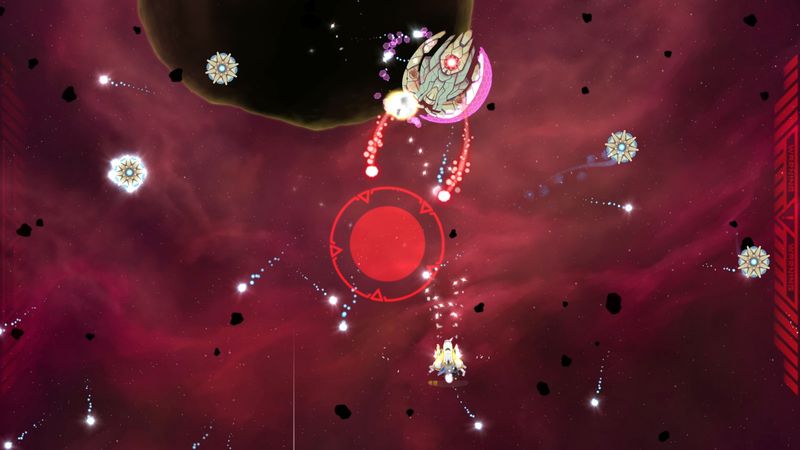I jumped into Xenoraid: The First Space War expecting a standard shoot-’em-up. You know the kind—fast-paced loops, flashy explosions, and a focus on chasing high scores. However, what I got instead was a surprising mix of old-school shooting and XCOM-style strategy. While the game doesn’t always nail its pacing, it mostly hits the mark. Here’s my personal, cautious look at what makes this game different.
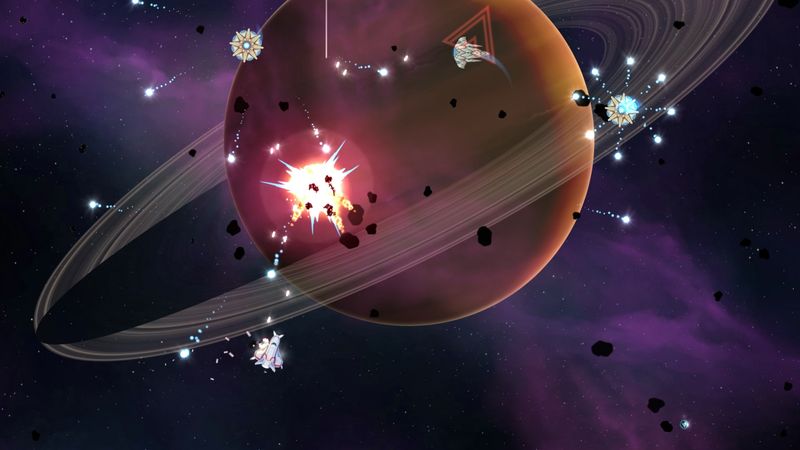
Overall Impressions
Right from the start, Xenoraid sets itself apart by making your ships feel valuable. Instead of tossing out waves of expendable fighters, you’re given a small squad that really matters. The missions are randomly generated, and ship destruction is permanent—so every decision counts. Some longtime fans of classic shooters might find the slower pace and lack of leaderboard focus a letdown. Even so, I found it refreshing.
Unlike twitch-heavy games like Ikaruga or Gradius, Xenoraid demands careful planning and patience. Although some early missions feel a bit slow, the rising danger keeps things interesting. It may not be the most intense shooter, but I respect how 10tons Ltd challenged genre norms.
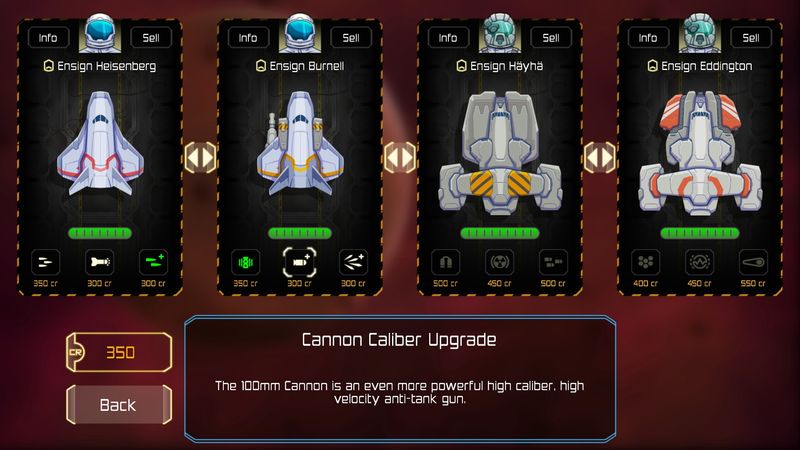
Gameplay Mechanics
The heart of the game is all about switching between four fighters and managing your squad. Since each ship has different weapons and health, you’re constantly making decisions. If one gets too damaged, you have to think fast and switch out. Because you’re working with limited credits, every mistake matters. One wrong move could mean fewer upgrades later. This adds real pressure.
A player review summed it up well: “No high score—only survival.” The game’s tilt-based shooting is a nice twist. It lets you curve your shots around objects, something most vertical shooters don’t offer. The enemy AI also stands out. They move around smartly—dodging asteroids, protecting key targets, and even rotating to hide weak spots. Battles feel dynamic, not scripted.
Still, switching ships comes with cooldowns that can slow down the action. The brief invincibility during swaps helps a little, but on longer missions, the pace can feel sluggish.
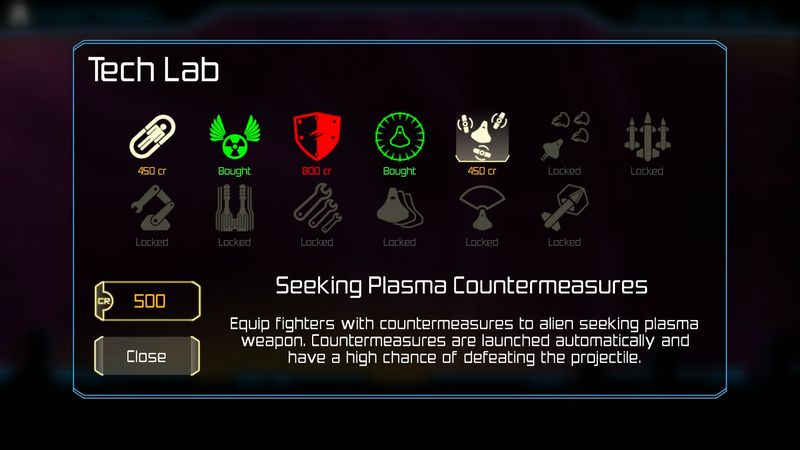
Story and Characters
The story spans five campaigns filled with growing danger. The pilots share dialogue that feels pretty natural. Sometimes, a quick joke after a close call helps break the tension. The commander adds some context to each mission, often framing it as humanity’s last stand.
Although the characters stick to familiar roles—like the cocky ace—you still get a sense of a real crisis. Radio chatter and briefings build the world without getting in the way. The story isn’t deep, but it does its job. It supports the gameplay without stealing focus, though a bit more emotional depth would’ve been nice.
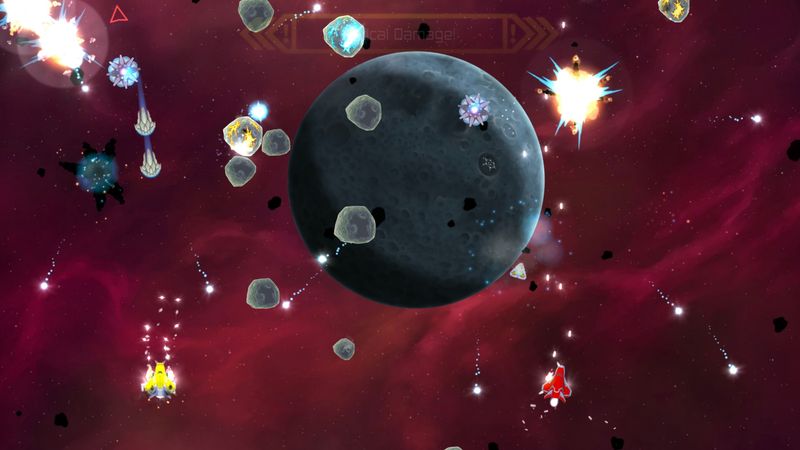
Visuals and Graphics
Visually, the game keeps things simple and clear. Backgrounds use muted tones so you can always see what matters. This choice avoids the visual chaos you sometimes get in other shooters. The ships have sharp designs, and effects like explosions and shields still stand out nicely.
If you’re looking for big, cinematic visuals, this might not impress. But for me, being able to clearly track incoming fire matters more than flashy scenes.
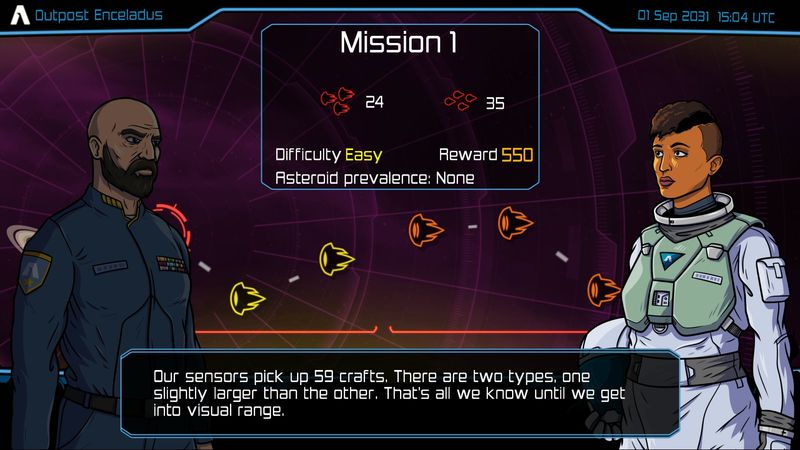
Sound and Music
The soundtrack offers a familiar sci-fi vibe. It doesn’t try to take center stage, which fits a game where your reflexes matter most. The sound effects are solid—lasers feel sharp, missiles hit with a good punch, and shields have a nice hum. Voice acting is decent, with pilots sounding stressed but believable.
While I didn’t catch myself humming the theme later, the audio supports the game well. It builds tension without being distracting.
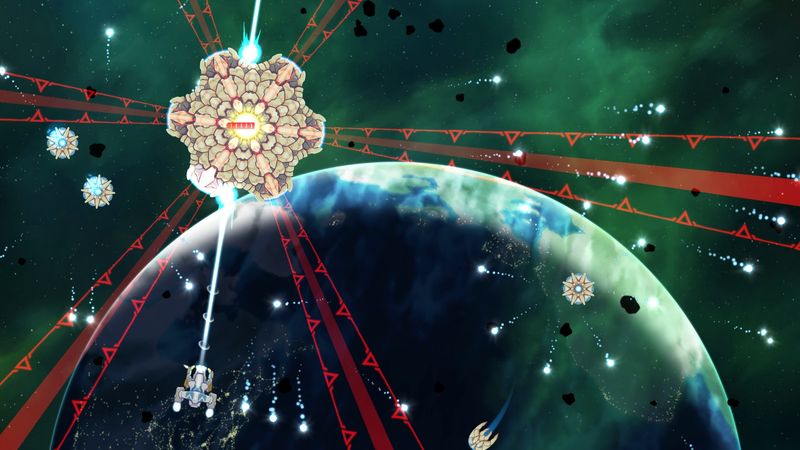
Difficulty and Replayability
For experienced players, the main campaign might feel short—many missions last about ten minutes. However, the tougher difficulty modes add real challenge. I got through the normal mode quickly, but the next level seriously tested me.
There’s also a survival mode and leaderboards for those who want to keep going. Local co-op adds some fun variety, even if I haven’t convinced a friend to jump in yet. The game’s credit system and ship loss create a loop where careful play is rewarded. If you’re someone who plays for high scores, this may not be your thing. But if you enjoy managing units and unlocking upgrades, Xenoraid will keep you coming back.
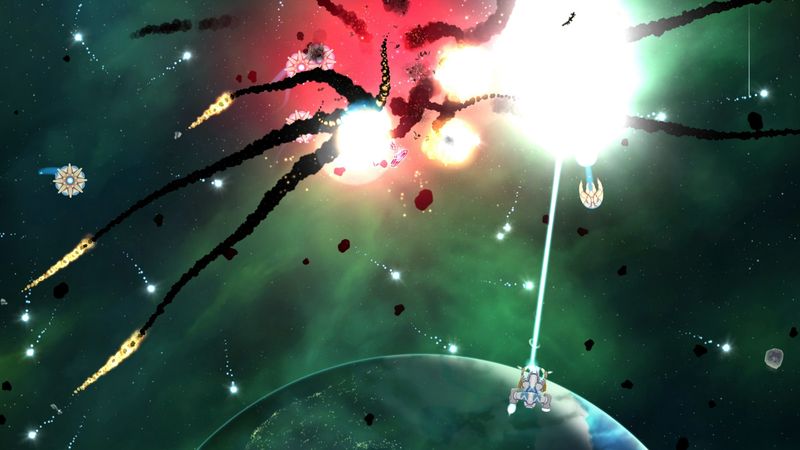
Developer Trivia and Final Thoughts
10tons Ltd, based in Tampere, Finland, is known for tight arcade experiences like Crimsonland. Interestingly, Xenoraid started as a quick prototype at a local game jam in 2015. The tilt-based mechanic came from a physics joke—but it worked so well, they ran with it. The idea for random missions came from player feedback wanting more replay value in earlier games. That blend of creativity and careful tuning really shows.
In the end, Xenoraid: The First Space War won me over. It can drag a little, and its characters don’t break new ground. But its smart squad mechanics, impressive AI, and clean visuals give it a strong identity. If you want non-stop bullets and endless ammo, look elsewhere. But if you’re looking for thoughtful tension and meaningful choices, this one’s worth your time.
Rating: 4 out of 5 stars
